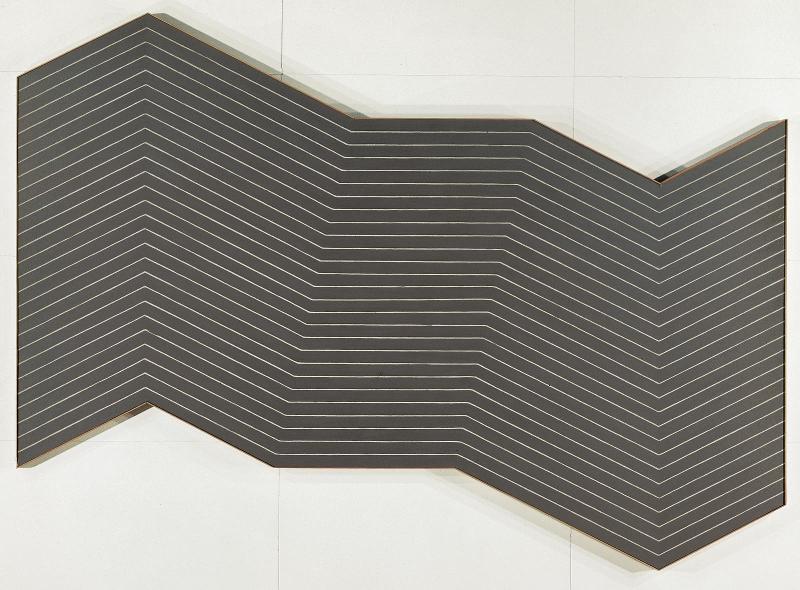GREAT MUSEUMS: Centre Pompidou (1977-2017),Part II
 After an episode with the security at the doors of George Pompidou yesterday, I decided to come back in the morning and start my tour from the point I stopped. The artworks of Sonia Delaunay on the right side of the corridor and the first clear-sunny day in Paris that emerges from the large windows of Pompidou’s 5th floor are exciting me (Part I, Part III).
After an episode with the security at the doors of George Pompidou yesterday, I decided to come back in the morning and start my tour from the point I stopped. The artworks of Sonia Delaunay on the right side of the corridor and the first clear-sunny day in Paris that emerges from the large windows of Pompidou’s 5th floor are exciting me (Part I, Part III).
By Efi Mihalarou
The second part of our tour of the Center Pompidou’s Permanent Collection (1977-2017) focuses in between, as the corridor between the right and left wing of the floor connects artists, movements and eras. The “N. York City” by Piet Mondrian co-exists with other works of his works in the inner room and the sculpture of Constantin Brâncuşi outside. Οtto Dix and his ruthless and harshly realistic depictions of Weimar society and the brutality of war “ Erinnerungen an die Spiegelsäle von Brüsse ” (1920) and across the library and the information desk, the “Leciel meurtier” the finest René Magritte’s work for me. “La modèle Rouge” by René Magritte, in the middle a huge sculpture, entitled “Berger des Manges” (1953) and in the right side Frank Stella’s “Mas o Menos” (1964). Exactly on the left Richard Artschnager’s “Triptneh II” (1964), in the right sight a breathtaking work by Agnes Martin, “Untitled I” (1984), the ultimate Taoist white, just like the absolute joy and the absolute sadness, the major and the minor, the small and the mega, the whole universe, this is Agnes Martin’s white, the journey to infinity… And the magic dipole on left extends from Georg Baselitz to Willem de Kooning. Facing Willem de Kooning’s “Untitled XX” (1976), Ι soliloquize “My God, how much blue did it take for you to hide yourself and reveal again to us through this work” or “How much blue did you need to bring us in balane and travel us through: Yves Klein’s “ANT 76, Grande anthropophagie blue, Hommage à Tennessee Williams” & “IKB 3 monochrome blue” (both 1960)”. Yves Klein’s metaphysical blue represents the bottomless depth, the ultimate descent in the depths of soul and mind!!! The embarrassment of where to move on to Klein’s works that one succeeds the other continues… Like a magnet I am attracted me on the opposite side by “SE 71, l’arbre, grande éponge blue” (1962), the B&W Video “Arhives cinematographie” (1963-62), but also his monochromes that come one after another, while the sculptures in the middle corridor like the Cy Twobly’s play an insignificant role. The epitome of this 2nd part is co-signed by Niki de Saint Phalle’s double entendre wedding dress “La Marièe” (1963). This sculpture by Niki de Saint Phalle delimits the inside and the outside, is white against the black sculptures that are outside, Alexander Calder and Takis. It is the city’s catalyst, the architecture that spreads out and the art that unfolds inside the Museum.








